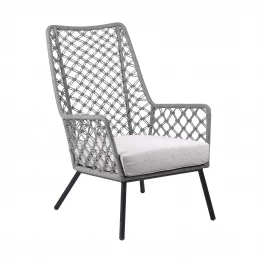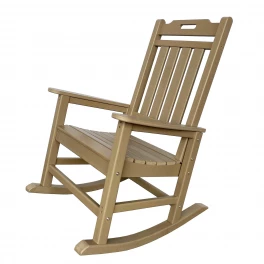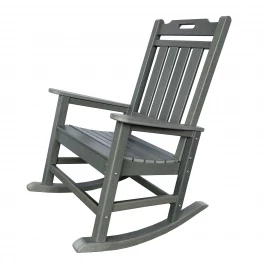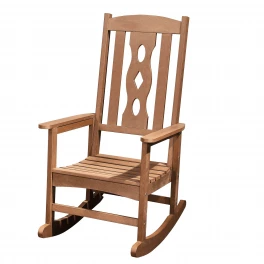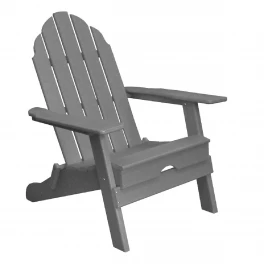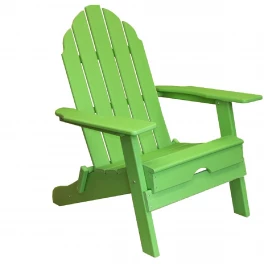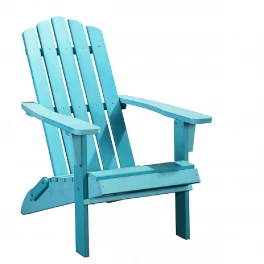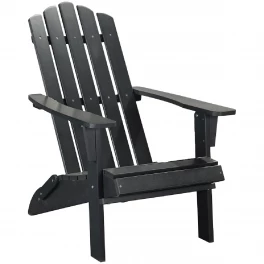No matter the season, lush and healthy trees in your yard turn heads and make your yard more appealing. Like many homeowners, however, you might have discovered one thing keeping you from having the landscape of your dreams: deer. They feast on green plants, herbs, and new buds and sprouts. Nationwide, deer account for over 58 percent of crop damage, which amounts to millions of dollars. Even if deer decimate your plants, you can still add life to your property with deer-resistant trees. Here are good choices for sun, partial sun, and shade:
Sugar Maple
For a deer-proof tree that does best in the shade, the sugar maple is it. This classic American tree is native to eastern North America. When mature, it can reach a height of 40-80 feet. This maple's first blossoms appear in April. Sugar maples need a medium amount of water to grow. They do best in partial or full shade. This deciduous tree prefers well-drained soil with medium moisture content. Don't plant them near the road, as they don’t tolerate road salt well. Put a sugar maple in your yard, and you might attract leaf peepers in autumn hoping to get a glimpse of New England's famous fall colors.

Photo by Crystal Burke on Shutterstock
Kwanzan Cherry
The Kwanzan cherry tree is most famous for its marvelous pink blossoms that appear in early spring. This tree has an average lifespan of 15-25 years. It’s a versatile species that can be planted in container boxes, along streets and walkways, and in your own yard. Some people also train Kwanzan cherry trees to grow like Bonsai trees. This species prefers full sun. It can reach a height of 30-40 feet when mature, and it can reach a maximum spread of 30-40 feet.

Photo by BONNIE WATTON on Shutterstock
Beech
The deciduous beech tree is native to North America, Europe, and Asia. You can identify beech trees by their smooth, light-colored, thin layer of bark and elliptical-shaped leaves. Beech trees produce flowers in the spring. These trees grow best in a shaded environment. When mature, they can reach a height of eighty feet with a diameter of three feet or more. Trees that develop in sunnier conditions may develop a trunk that grows horizontally with many branches, which produces an exceptionally wide and mesmerizing crown. Adequate soil moisture is recommended to make sure beech trees reach their full potential.

Photo by Buffy1982 on Shutterstock
Serviceberry
If you want year-round floral entertainment, the serviceberry tree is your solution. This tree kicks off the year with stately white flowers in the springtime. It produces scrumptious purple berries as the days get longer and warmer. This means that, in addition to having a lovely tree in your yard, you'll attract a variety of bird species. The best part is that you can use the serviceberry's berries to make jam, pies, and jelly. This tree reaches a height of 3-20 feet and has a trunk width of 4-20 feet. It can grow in a shaded, partially shaded, or sunny spot. The serviceberry also tolerates drought conditions.

Photo by TasfotoNL on Shutterstock
Flowering Quince
Unlike its relatives, the flowering quince tree does not bear the delicious pear-like quince fruit that traditionally grows in warmer climates. What the flowering quince lacks in tasty produce, however, it makes up for in aesthetics. This stunning tree's buds range in color from pearl pink to wine red. You can also find flowering quince trees with pretty white buds. Flowering quince is dwarf species that reach a maximum height of six feet tall. They may grow to be six feet wide, depending on the variety. They do best in full sun and require moderate to regular watering. Like magnolias, they can survive to a temperature of -20°F.
American Holly
American holly is perhaps best known for its role in seasonal winter celebrations. This hardy species belong to the evergreen family of trees. It's a broad-leaf, light-colored variety that can survive tough environmental conditions. The American holly tree produces beautiful crimson berries and grows at a moderate rate. It tolerates full sun or partial shade and does best in well-drained soil. The added benefit of an American Holly is that you can use its berries and branches for holiday decorations.

Photo by James R Poston on Shutterstock
Saucer Magnolia
The saucer magnolia is a beautiful flowering tree with charming round blush-pink buds. Its flowers are pretty and delicate, growing no larger than the size of a teacup. Magnolia flowers are pleasant in any season, but they look particularly stunning when paired with the tree's lifeless brown-grey branches in winter. Magnolias like full sun. They can survive with mild watering, but they thrive in moist, nutrient-rich soil. They reach a mature size of 20-25 feet and can withstand dips in temperature up to -20°F.

Photo by PanisaraTB on Shutterstock
Tulip
Tulip trees are native to eastern North America. When full grown, they can be over 90 feet tall. They develop tall, straight trunks and produce ornate orange-yellow buds when they mature. In autumn, their leaves turn a magnificent golden-yellow color. Tulip trees do best in full or partial sunlight. They prefer well-drained soil, which you can fortify with fertilizer. Tulip trees are a wonderful addition to many properties, but they should not be planted close to homes in hurricane-prone areas, as they can topple easily in high winds.

Photo by awayhop on Shutterstock
Deer-resistant trees can be an essential part of your landscaping. However, other factors may influence their likelihood of survival and their ability to withstand predation by deer and even other insects. Regional differences and environmental conditions can influence a tree's likelihood of success. Ask a gardening expert or landscaper for advice if you're not sure what kind of trees to get.




